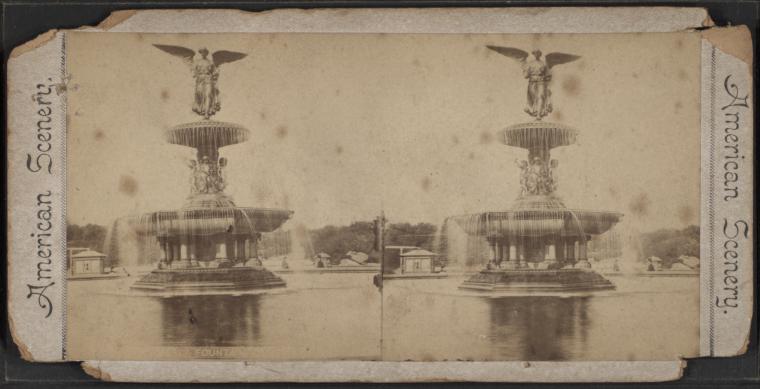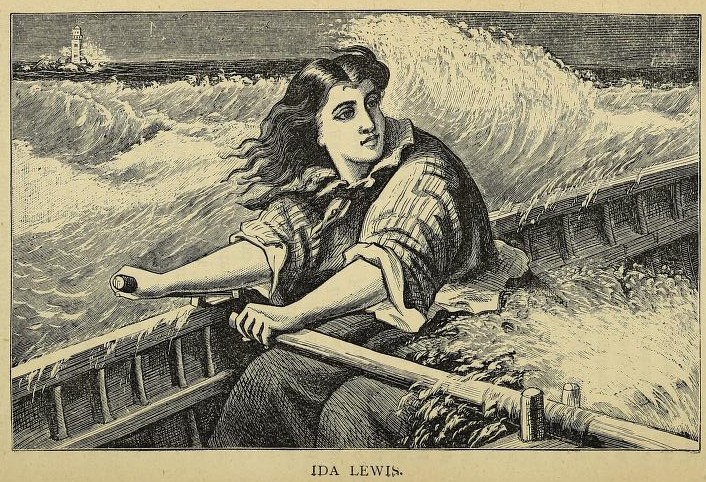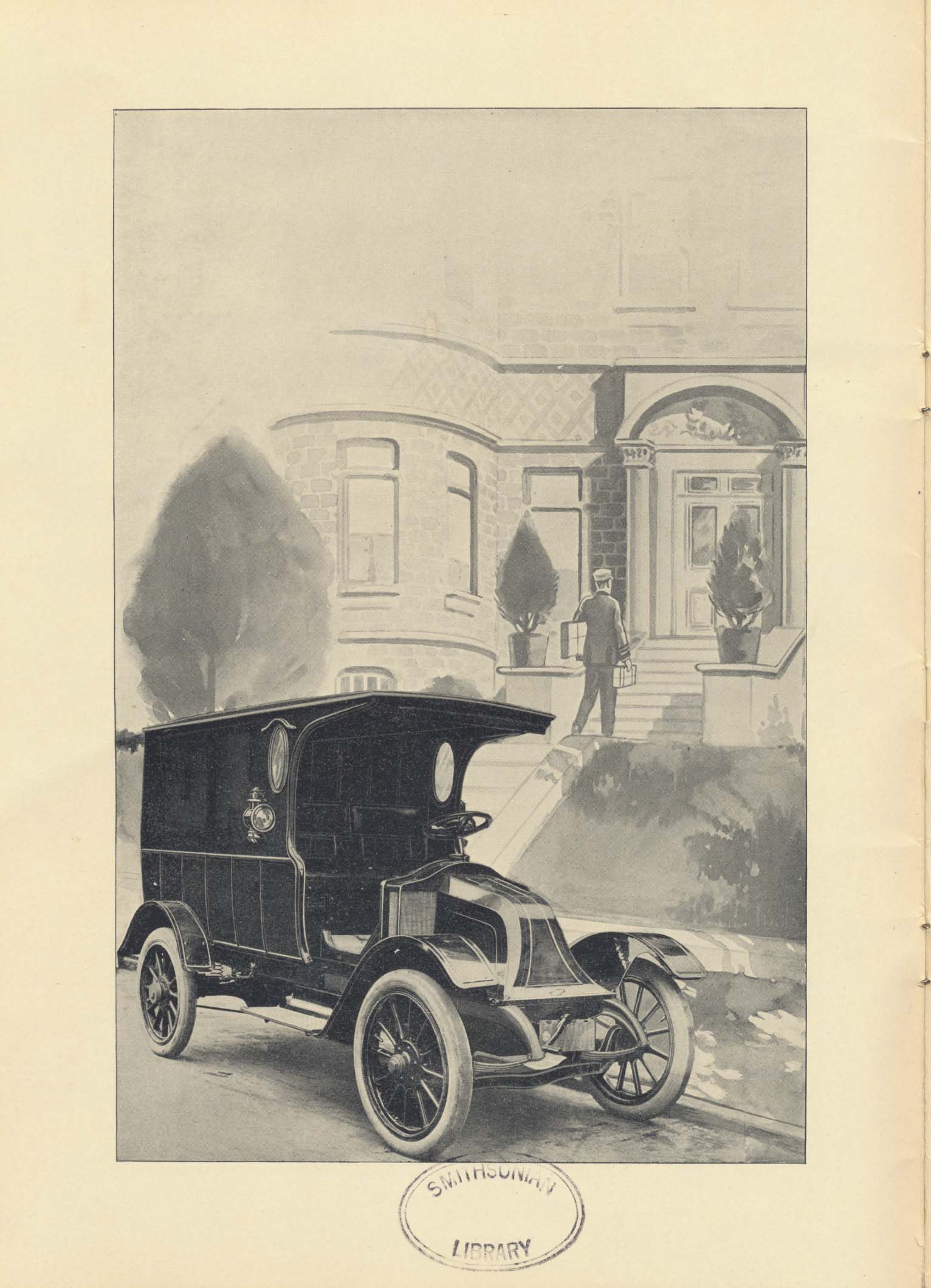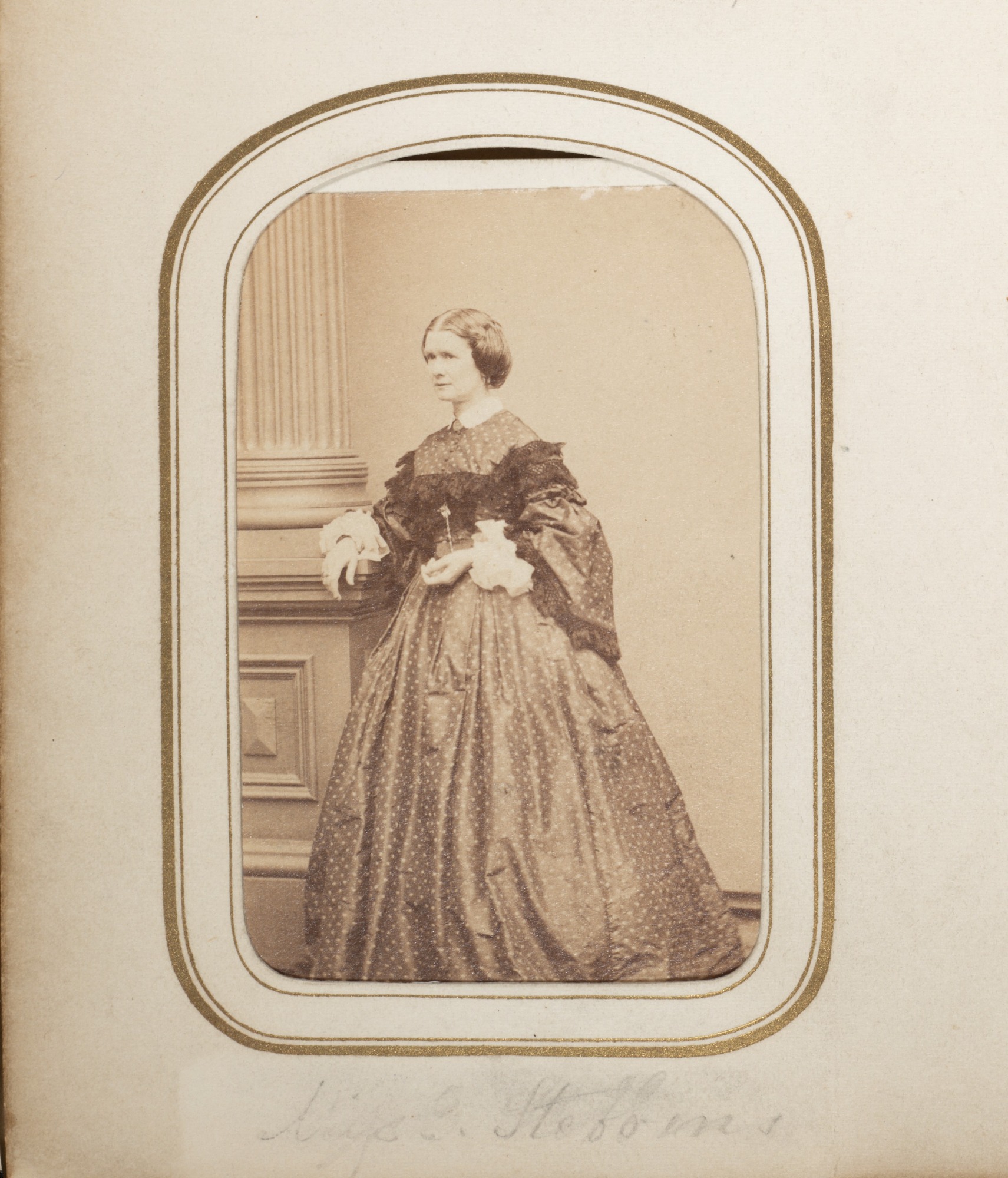This post was written by Cora Nevel, a student at School Without Walls in Washington, DC, who recently interned in the Smithsonian Libraries Education Department. This past fall semester (2019), more »
Category: Collection Highlights
The Edo period (1600-1868) in Japan was a time of prolonged peace. Ruling under an isolationist foreign policy (Sakoku) and with no civil wars, the Tokugawa Shogunate government focused on more »
For the past few months, many Americans have relied on delivery vehicles to transport essential goods, like food and other household products. And okay, maybe a non-essential pair of shoes, a game or a book or two. But delivery vehicles are nothing new. Let’s take a look at delivery cars through the lens of this early 20th Century trade catalog.
Few who walk past the Bethesda Fountain in New York City’s Central Park know the history behind the angel statue, standing high atop the fountain with wings outstretched. This sculpture, called Angel of the Waters, has been the backdrop for many movies and TV shows. The sculpture was made by a wealthy New York sculptor named Emma Stebbins, an artist featured in an album of cartes-de-visites (small, collectible photo cards) of notable 19th century American artists, located in the American Art and Portrait Gallery Library collection. Little is known about Stebbins, even though Angel of the Waters, as noted recently in the New York Times, was “the first public art commission ever awarded to a woman in New York City.”[i] However, what is known about Stebbins has been gleaned from the letters and press coverage of her relationship with famous American actress Charlotte Cushman.

With Mother’s Day in our recent memory, it’s the perfect to remember one of the most familiar and loved matriarchs in American literature: Marmee, from Little Women. The American Art more »
In a society that largely relies on motor vehicles for transportation, or even for sport, it may seem difficult to understand why it was so monumental for a plucky twenty-year-old woman to be more »
This is the fifth in a series of posts about the Art Deco resources at the Cooper Hewitt, Smithsonian Design Museum library. Each post will highlight primary resources which contain the styles more »





